An illustration of an expansive moon base featuring several different structures, vehicles and many solar panels.
The China National Space Administration (CNSA) has released a video of its concept for a lunar base to be developed across the next couple of decades.
CNSA unveiled the video on Wednesday (April 24) as part of the country's annual space day celebrations. The project is known as the International Lunar Research Station (ILRS) and was jointly announced in 2021 by China and Russia.
AfriPrime Android Web View app on Amazon Adroid app store.... https://rb.gy/3xek46
China is now leading the moon base initiative and attempting to attract international partners for the endeavor. So far, alongside China, Russia, Venezuela, Pakistan, Azerbaijan, Belarus, South Africa, Egypt, Thailand and Nicaragua have joined the initiative, according to Space News.
Not just Artemis: China and Russia plan to put boots on the moon, too
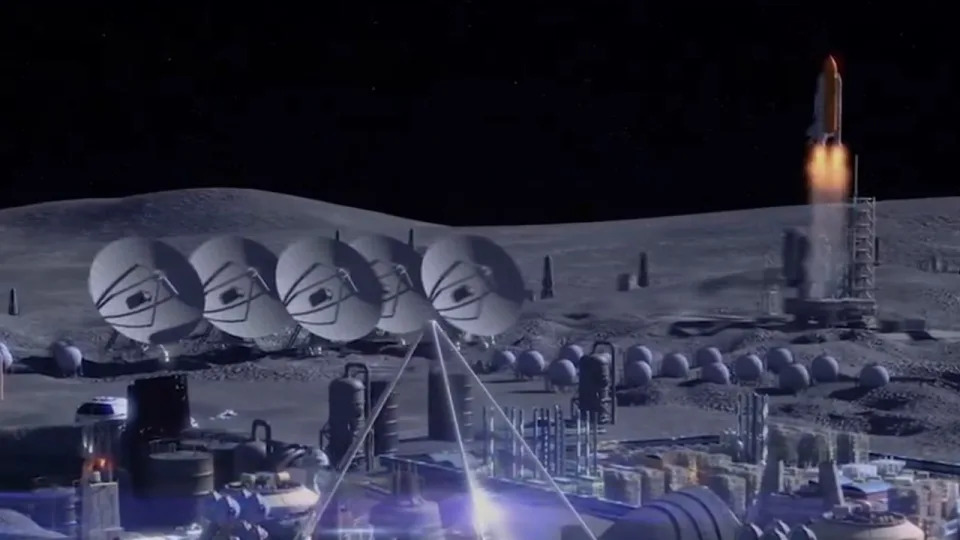
The video shows a number of missions, including surface sample return operations, a lander and rover, and supporting orbital satellites. These correspond to the planned Chang'e-6 and 7 missions planned for launch next month and in 2027 respectively.
Together with Chang'e-8, these will form a basic model of the ILRS by around 2028. Next will come communications, power generation and other infrastructure, which will be built on and developed into an expansive, inhabited lunar outpost.
AfriPrime Android Web View app on Amazon Adroid app store.... https://rb.gy/3xek46
The project is envisioned as a comprehensive scientific experimental base which will host interdisciplinary and multi-objective research activities focusing on lunar exploration and utilization, according to Chinese reports. It will be capable of long-term independent operation, either on the lunar surface or in lunar orbit.
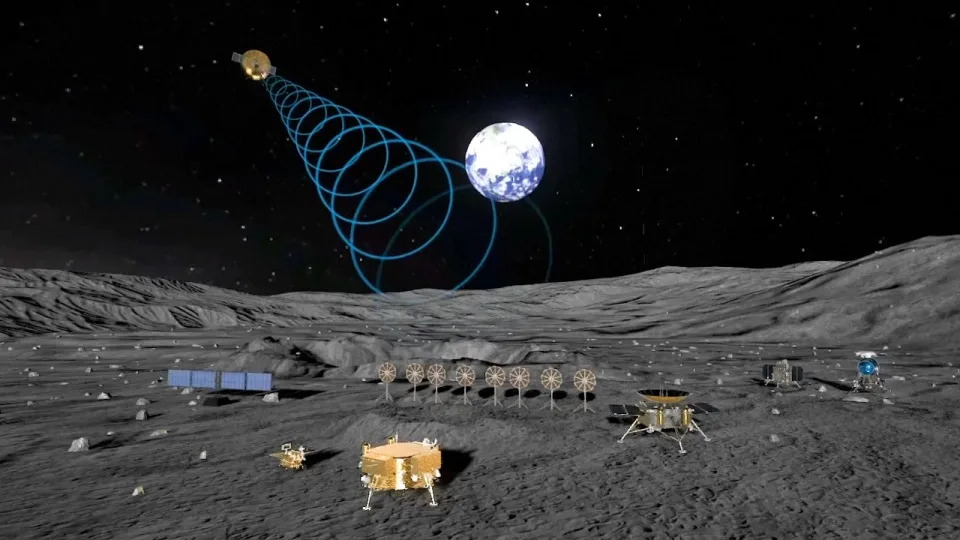
"The moon serves as a starting point, and an international lunar research station will provide a platform for long-term scientific research, work and habitation, paving the way for future human exploration into deeper space. It will serve as a technological, material, and intellectual reservoir, preparing us for future missions to Mars and other distant destinations in space," Wu Weiren, chief designer of China's lunar exploration program, told China Central Television (CCTV) on Wednesday.
Wu says the ILRS will be constructed in two phases. The first will establish comprehensive scientific facilities with basic functions and essential supporting elements around the lunar south pole by 2035. The second phase will set about building a well-equipped and stable facility of considerable scale by 2045.
One curious detail of the video is the presence of a retired NASA Space Shuttle appearing to lift off from a launch pad in the background.
AfriPrime Android Web View app on Amazon Adroid app store.... https://rb.gy/3xek46
The shuttle was retired in 2011, NASA is largely prohibited from cooperating with Chinese entities and has its own Artemis Program, while China is also developing its own large and reusable launch vehicles for lunar exploration.
China designated April 24 as its 'Space Day' in 2016 to mark the occasion of the launch of its first satellite, Dongfanghong-1, into space in 1970, and signal the country’s growing ambitions for, and value of, space.
China Announces Groundbreaking Moon Atlas
Chinese scientists took a big step forward for worldwide space exploration this week, publishing the world’s first complete geologic atlas of the Moon.
The atlas set provides high-definition “basic map data for future lunar research and exploration” at a scale of 1:2.5 million.
Researchers with the Chinese Academy of Sciences (CAS) created cloud-based and print versions of the resource. CAS lunar scientist Ouyang Ziyuan said in a statement:
The geologic atlas is of great significance for studying the evolution of the Moon, selecting the site for a future lunar research station, and using lunar resources. It can also help us better understand the Earth and other planets, such as Mars.
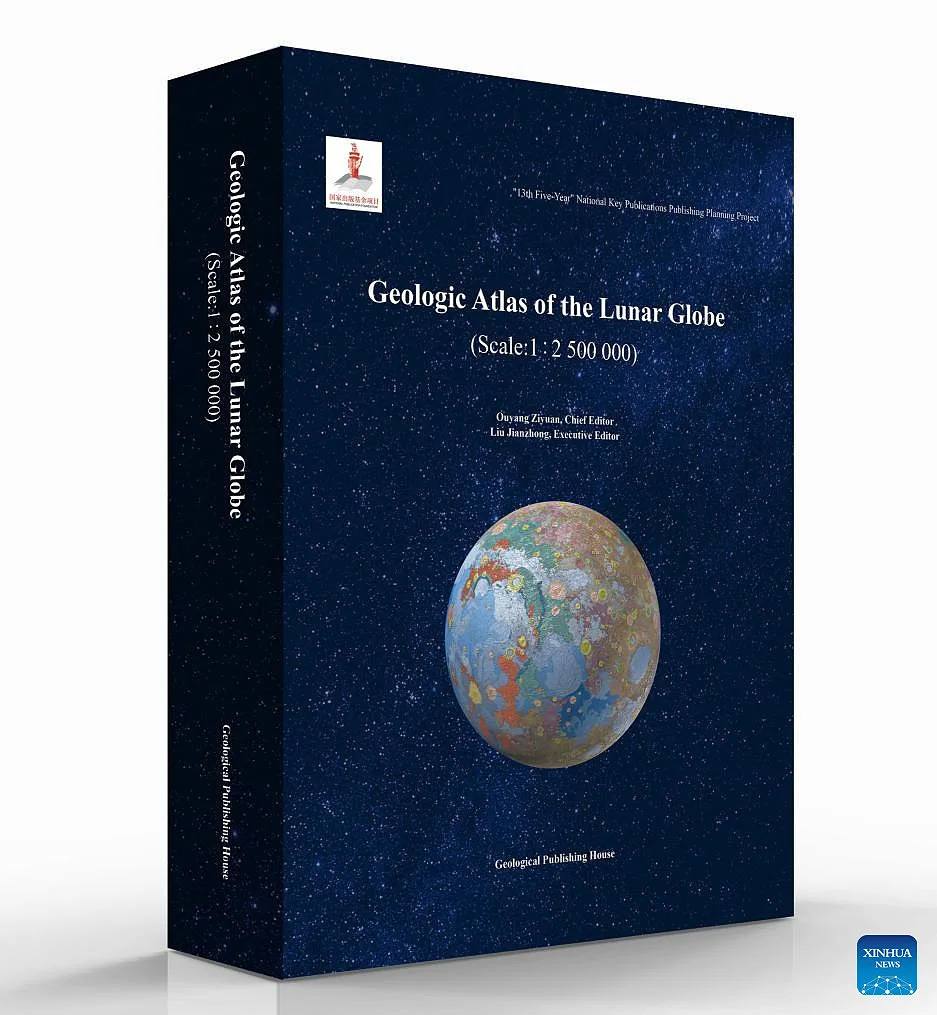
The atlas represents 12 years of work and uses data from China’s lunar exploration program. The maps include 12,341 impact craters, 81 impact basins, and 17 rock types across the lunar surface. It even depicts the boundaries of the Moon’s tectonic plates.
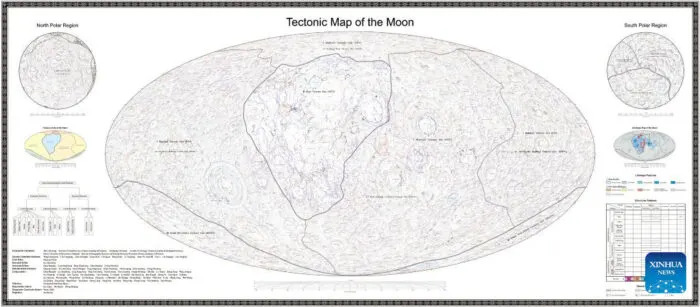
Due for an update
To create it, the researchers engineered a new representation of the Moon’s geological evolution.
Lunar cartography standards were due for an update, said researchers. Existing maps dated back to NASA’s Apollo program — a landmark but bygone era in exploration.
AfriPrime Android Web View app on Amazon Adroid app store.... https://rb.gy/3xek46
“With the improvements in lunar geologic studies, those old maps can no longer meet the needs of future scientific research and lunar exploration,” said geochemist Liu Jianzhong of the CAS.
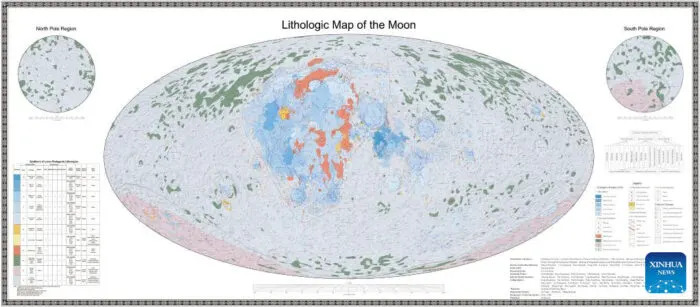
The maps’ 1:2,500,000 scale may not let a hiker find his or her way around the lunar surface — on Earth, typical hiking charts are 10 to 50 times more detailed. Still, the atlas represents an immense coordinative effort that will help explorers well into the future.
“[The atlas] builds on the achievements of the international community over the last decades, as well as on China’s own highly successful Chang’e program,” said Gregory Michael, a senior scientist from the Free University of Berlin. “It will be a starting point for every new question of lunar geology.”
For now, the maps are not freely available. Nature reported the full set exists in a cloud platform called the Digital Moon, and will eventually become available to researchers. Meanwhile, Liu told the outlet, the team is working to boost the maps’ resolution.
AfriPrime Android Web View app on Amazon Adroid app store.... https://rb.gy/3xek46
Aptly, Chang’e mission controllers could be among the first to use the new charts during a Moon visit. An ambitious mission to collect samples from the Moon’s far side looks poised to launch as soon as next week.



